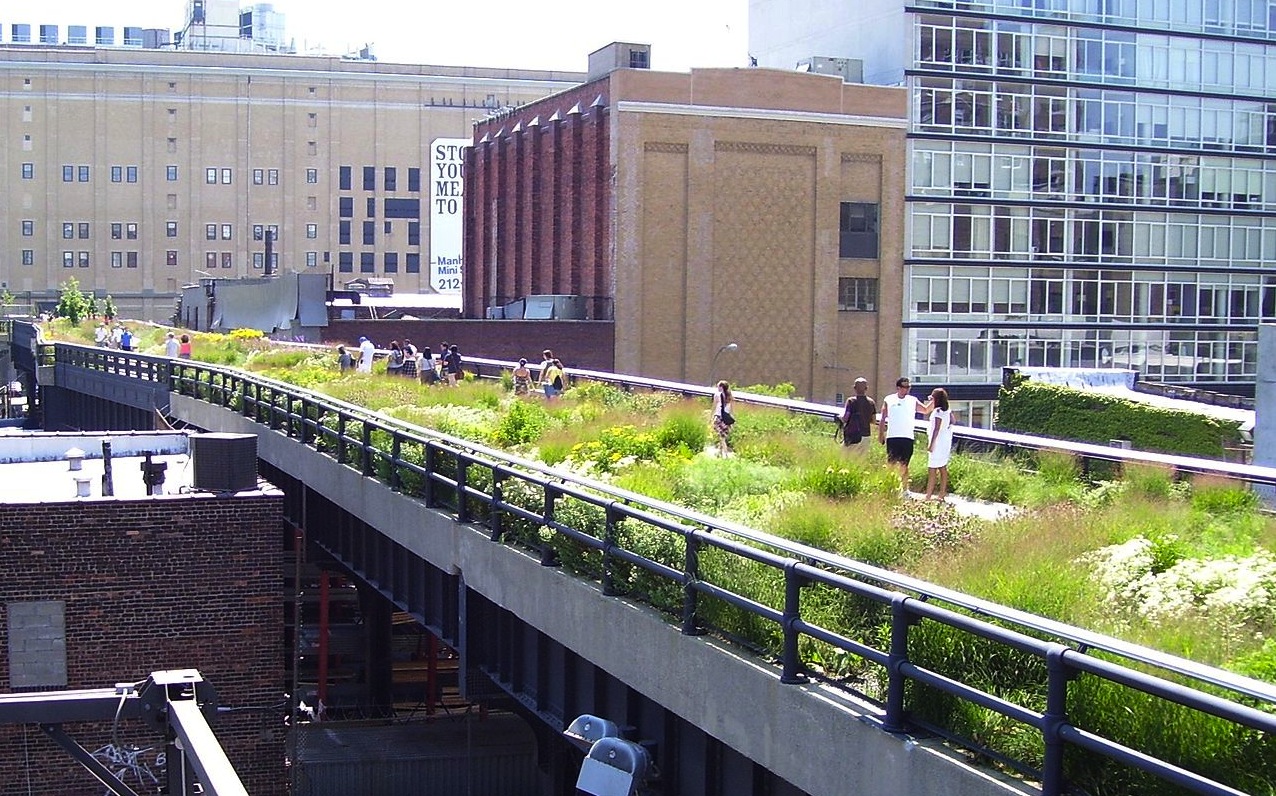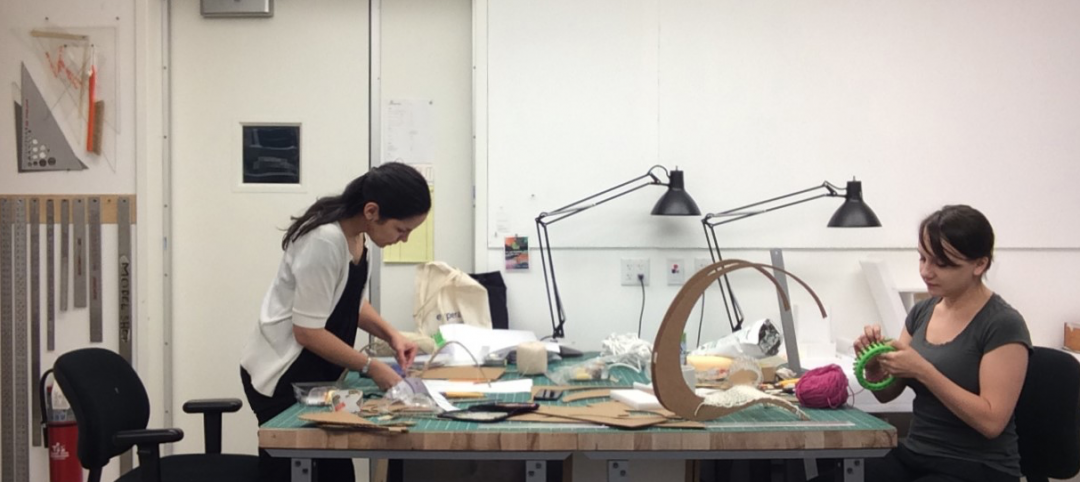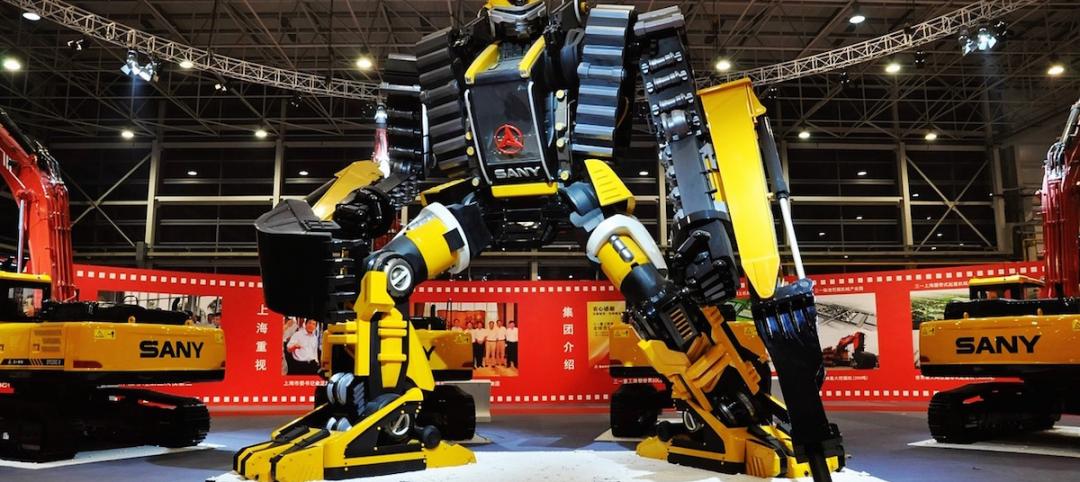Last month, developer Related Cos. commissioned Rem Koolhaas’s firm OMA to design its latest project along the High Line elevated park. Koolhaas joins a list of well-known names (among them Zaha Hadid, Renzo Piano, and Robert A.M. Stern) looking to make their mark along the 1.4-mile-long landmark in Chelsea.
Eight years into the transformation of an elevated section of New York Central Railroad’s West Side Line into a public park, the $273 million project is being hailed as a resounding win for the city—and not just for its starchitecture status. Almost overnight, the High Line has become one of New York’s most popular cultural attractions, drawing some five million people in 2014.
It has spurred billions of dollars in economic development activity in Chelsea. In the most dramatic real estate deal to date, Manhattan developer Ziel Feldman last November acquired a 76,425-sf parcel adjacent to the park for a hefty $800 million. Days later, Feldman announced plans for an 800,000-sf mixed-use tower that could fetch as much as $6,000 per sf for luxury condo space—nearly triple the going rate for the area, according to the New York Post.
As big money and eager tourists flock to Chelsea, cities across the globe are starting to take notice. Chicago, Los Angeles, San Francisco, Seoul, Sydney, Toronto, and Washington, D.C., are among the metros currently planning High Line-inspired park projects. Some, like Seoul’s $37 million conversion of a 0.6-mile stretch of elevated motorway, are quite literal adaptations of the concept. Others go off the rails. Here are a few of the more imaginative projects:
• San Francisco’s new Transbay Transit Center, scheduled to open in 2017, will feature a 5.4-acre rooftop park with an amphitheater, water features, restaurant, and gardens that will be easily accessible from the street.
• In Washington, D.C., if all goes as planned, a dilapidated freeway bridge over the Anacostia River will be converted into a lush public park, complete with plazas, lawns, and urban farming plots, as well as space dedicated for the future development of a café and performance venue.
• Just last month, the Hudson River Park Trust gave the green light to a $130 million plan backed by billionaire Barry Diller to build a floating park, called Pier 55, on the Hudson River on Manhattan’s Lower West Side.
The power of placemaking as an economic development engine has been a known phenomenon for well more than a century. In fact, 140 years before the “High Line effect” there was the “Central Park effect.” Its creator, Frederick Law Olmsted, was able to prove through a 17-year study that the values of property surrounding his grand new park grew substantially—by a collective $209 million in 1873 dollars—in the years following its completion. Dozens of other cities across the globe can point to public park projects that have stimulated swift economic development activity.
What differentiates the High Line project—as well as its inspiration, the Coulée verte René-Dumont in Paris, which opened in 1993—is its fresh adaptation of a unique piece of urban infrastructure. The High Line forces urban planners, city officials, and landscape architects alike to rethink traditional urban park models.
Will the High Line’s novelty fade once every city has its version of a gritty urban remake? Maybe. But one thing is a constant: the value of public parks is stronger than ever.
More from Author
David Barista | Aug 15, 2019
3 ‘Giant’ AEC market trends for 2019-2020
We’re starting to see a shift toward custom research, thanks in part to the influx of data, data tools, and analytics expertise in the AEC market.
David Barista | Jul 31, 2019
Amenities war no more? Research report explores multifamily market
Multifamily developers show no signs of pulling back on specialty spaces and unique offerings in an effort to attract high-quality tenants, according to new research from Multifamily Design+Construction.
David Barista | Dec 30, 2016
An open letter to the AEC C-suite
Women AEC professionals need you to take action.
David Barista | Sep 6, 2016
Innovation intervention: How AEC firms are driving growth through R&D programs
AEC firms are taking a page from the tech industry, by infusing a deep commitment to innovation and disruption into their cultural DNA.
David Barista | Jun 27, 2016
If ‘only the paranoid survive,’ what does it take to thrive?
“Sooner or later, something fundamental in your business world will change.” The late Andrew Grove (1936-2016), Co-founder of tech giant Intel Corp., lived by these words.
David Barista | May 31, 2016
As commercial buildings get ‘smarter,’ concerns rise over cybercrime
As buildings become increasingly connected, opportunistic hackers have countless avenues into a building’s network.
David Barista | May 9, 2016
Is the nation’s grand tech boom really an innovation funk?
Despite popular belief, the country is not in a great age of technological and digital innovation, at least when compared to the last great innovation era (1870-1970).
David Barista | Mar 31, 2016
Deep Learning + AI: How machines are becoming master problem solvers
Besides revolutionary changes to the world’s workforce, artificial intelligence could have a profound impact on the built environment and the AEC industry.
David Barista | Feb 24, 2016
Is the booming freelance economy a threat to AEC firms?
By shifting the work (and revenue) to freelancers, “platform capitalism” startups have taken considerable market share from traditional businesses.
David Barista | Jan 26, 2016
How the Fourth Industrial Revolution will alter the globe’s workforce
The next great technological metamorphosis will be unlike anything humankind has experienced before, due to the sheer size, speed, and scope of disruption.
















